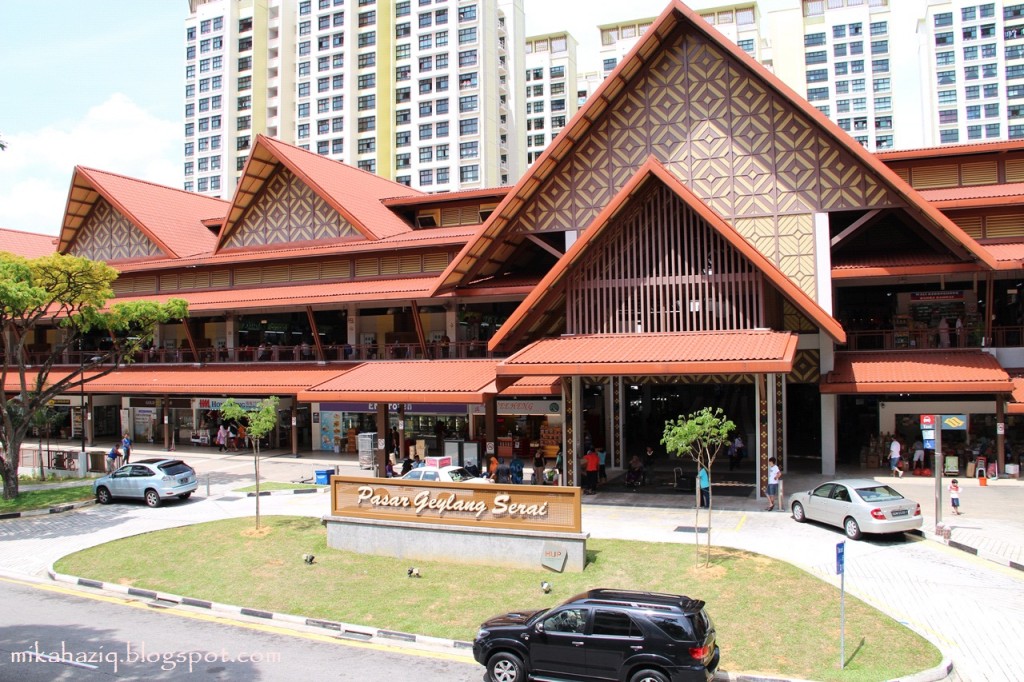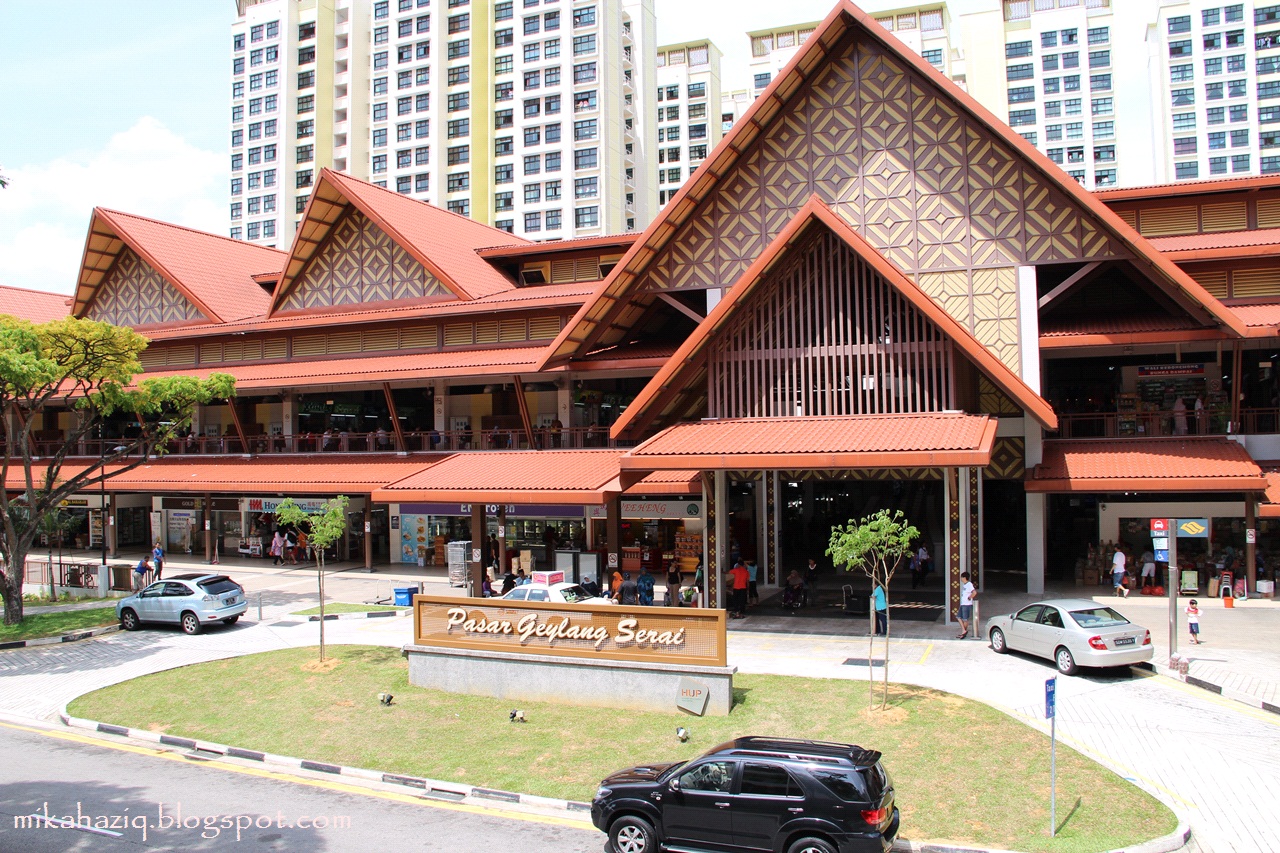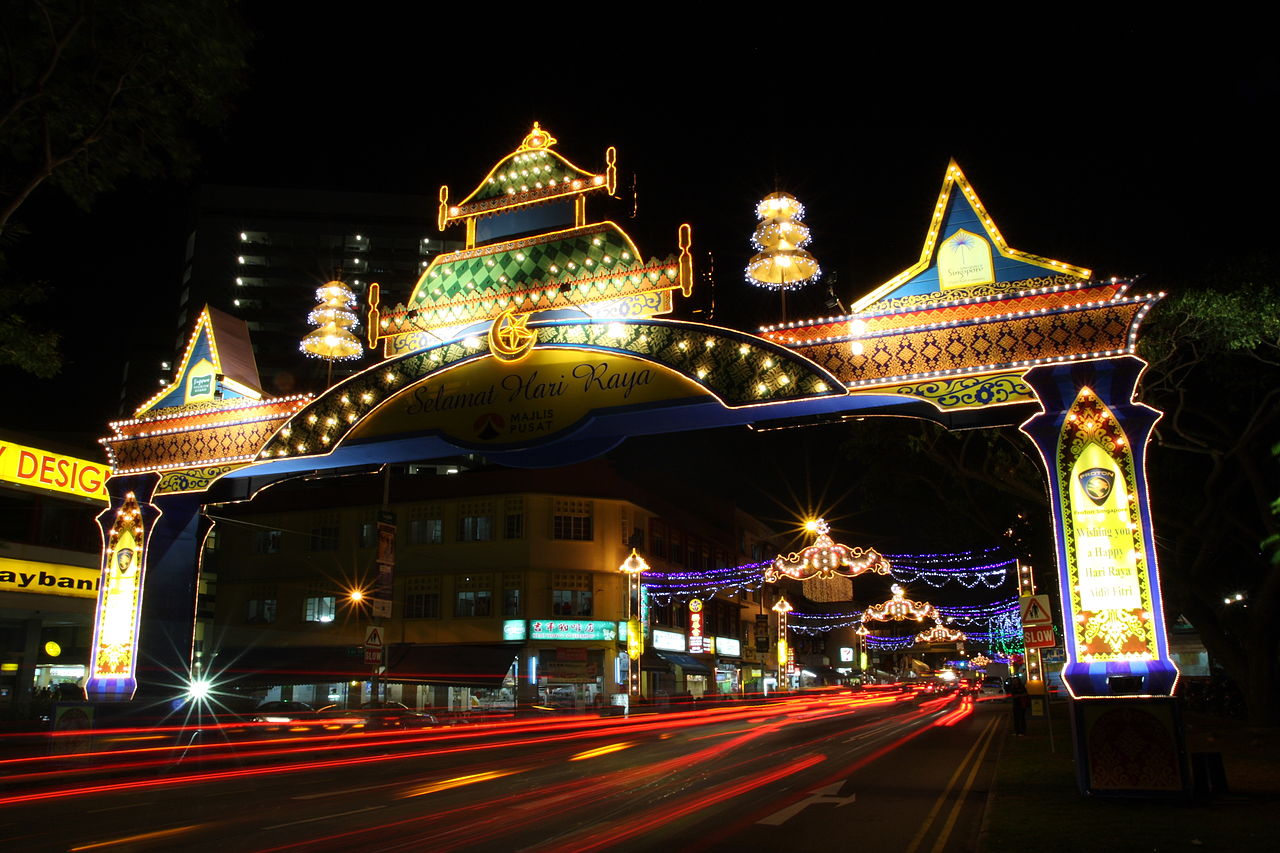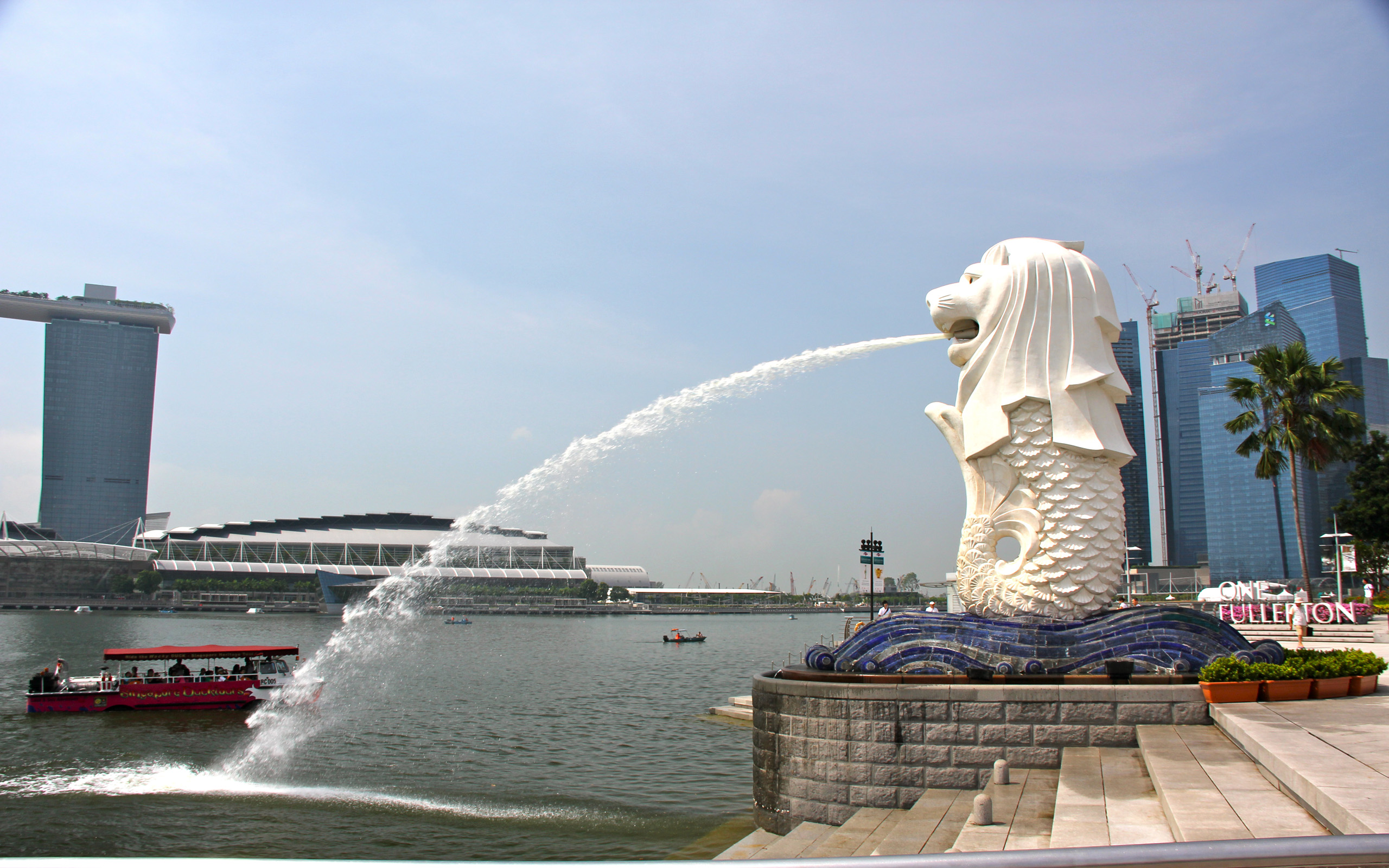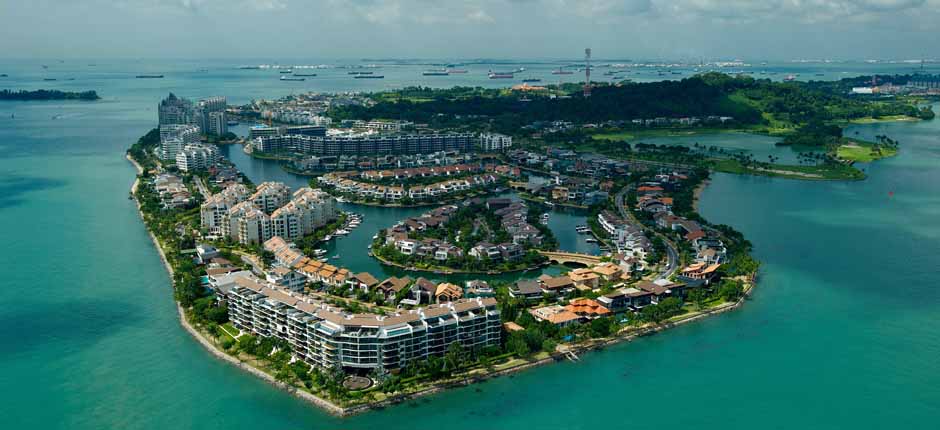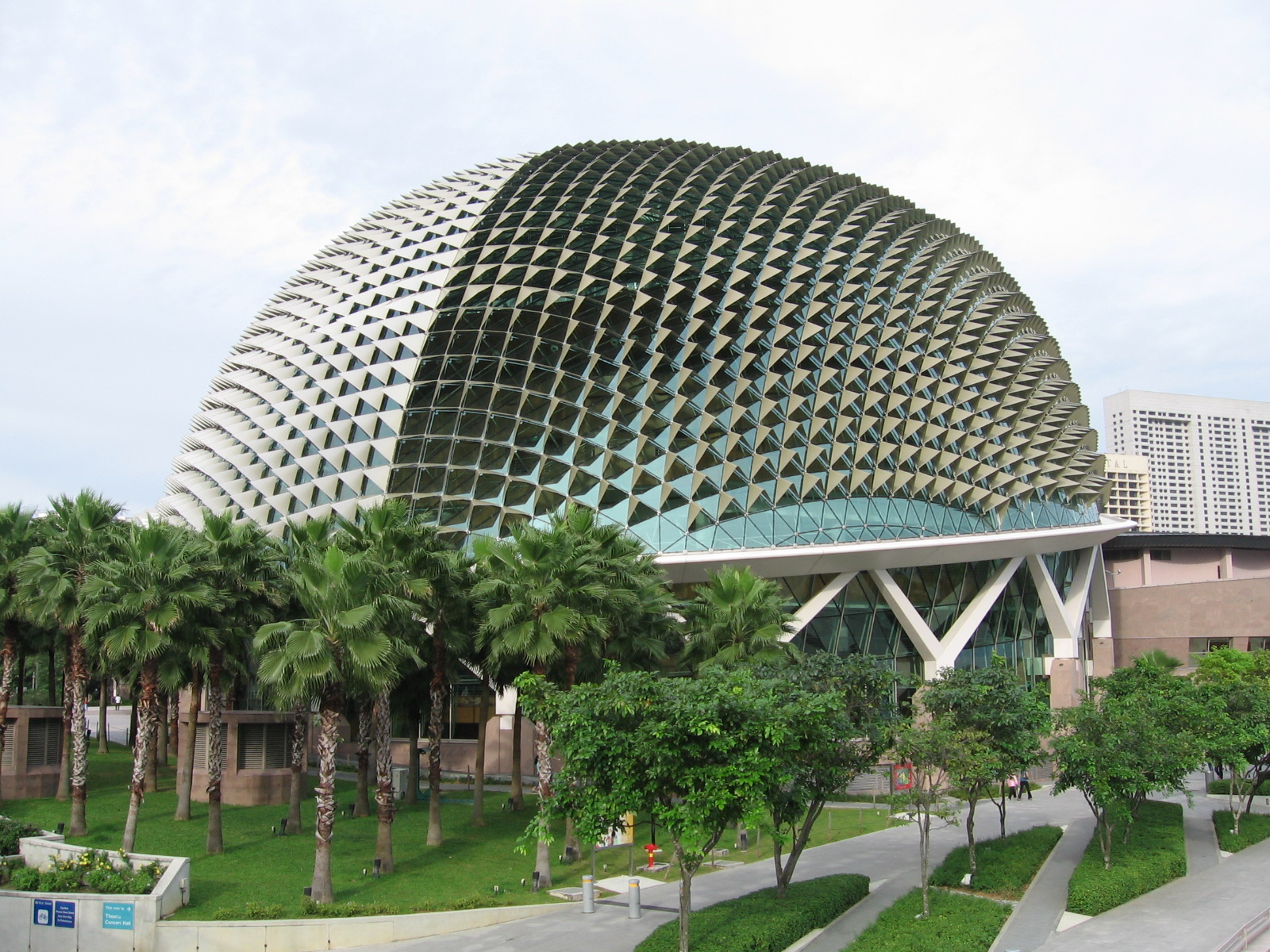Singapore /Singapore /Singapore
Sight Address : Geylang Rd, Singapore, Singapore.Edit
Detail InformationEdit
Geylang is a neighbourhood in the city-state of Singapore east of the Central Area, Singapore’s central business district. It is located to the east of the Singapore River, an area that locals have associated, from the days of Sir Stamford Raffles, as a Malay kampong opposite facing two islands Batin and Rokok (where the former National Stadium used to stand), reclaimed to make space for Singapore’s first commercial airport opened in 1937. The airport control tower has been preserved that served, in its day, as an observation deck and is today used by the People’s Association. The location of Old Airport Road bears witness to the fact that Geylang, under the British administration, was thought to be outside the limits of the city proper and, therefore, suitable for the siting of Singapore’s first commercial airport. The hangars for repair for the light aircraft can still be seen today that have been slated by the Urban Redevelopment Authority (URA) for redevelopment into commercial and shopping precincts linked by the nearby Kallang MRT station.The development of Geylang through the next 50 years through to the contemporary era can best be observed along the main trunk road that leads eastward toward Paya Lebar (military) Airbase, in a straight line that terminates at Changi (International) airport. Micro-businesses founded by Malay, Indian and Chinese entrepreneurs seized start-up opportunities as mechanics in bicycle or motor repair workshops, suppliers of wood for making boats, houses, furniture and as merchants in iron, of floor and roofing tiles, in rubber and later plastics for all kinds of marine, industrial, factory and home use, including the mosaic of temples, mosques and churches in Geylang that have its roots serving local worshippers in search of spirituality and the divine.One of the distinctive hallmarks of Geylang architecture is the preservation of its shophouses used by the clan (kinship) associations, set up as a (first) point of contact for newcomers in the migrant wave between 1840 and 1940 for the purpose of integrating the newcomers into the ways and customs of locals. At present the Geylang neighborhood accurately reflects demographic changes in Singapore (2011) where out of every four Singaporeans, one is a foreigner (Goh, Mar, 2011 paper on PRC Immigrants’, Social Work Dept, National University of Singapore).As a strategic and military outpost for the British, the sea lanes off the Straits of Malacca were important to be kept free from pirates and open for shipping. As the British expanded in influence and power, so Singapore stood in the gap between East and West interests as a natural deep-harbour destination that played host to the French, Portuguese, Dutch and other European navies and their men. Other seaports in Asia, from Shanghai to Calcutta, also played a role in the traffic of women and girls for prostitution.James Francis Warren has studied the death (coroner’s) reports in that colonial era that attest to the lives of the Hokkien, Teochew and Hakka and other dialect groups cast out of the Chinese mainland due to famine and abject poverty. His research tells the story of illiterate Chinese migrants working as coolies and rickshaw pullers and gives an accurate description of what life might have been for the poorest of the poor living in Singapore under the British and immediately before the Japanese Occupation.In his 2008 edition of Pirates, Prostitutes & Pullers, the author traces the roots of prostitution in Singapore and gives an explanation of the eastward shift of Singapore’s red-light district from Chinatown that was east of the Singapore river, toward the Hylam Street– Beach Road locality where many Chinese, Japanese and European girls were pimped, and finally across the Kallang river to its present location. Warren’s research gives an accurate[citation needed] ethno-social background to prostitution of the young men and women who came to Singapore a hundred years ago, having little or no education, who could not converse, read or write in English and resorted by any and all means to survive the ravages of war, hunger and privation back in the country of origin.
HistoryEdit
The word Geylang is found early in Singapore’s history and also in early topographical maps showing marsh and coconut plantations beside and adjacent to the mouth of the Kallang river, home to the Orang Laut (sea gypsies). One possible etymological link in the stock vocabulary of the Malay is ‘geylanggan’ meaning to ‘twist’ or ‘crush’ a reference to the process of extracting the coconut meat and milk used by the locals to thicken curries in Malay-Chinese (Peranakan) cuisine. The idea persists to this day, of the process of heartache and desperation associated with the broken and hurting lives of those involved in buying and selling of sex and drugs on the streets and in the registered brothel in the area. The word Geylang may be derived from a corrupted spelling of the Malay word ‘gelang’ which is a type of edible creeper (Portulaca oleracea). This is a more plausible explanation for the name because Malays typically name places based on the abundance of certain plant species (eg. Melaka after the tree species of the same name) or geological formations (eg. Bukit Gombak based on the comb-like hill summit).
Must SeeEdit
Attraction
Visiting TimeEdit
10.00 a.m. to 10.00 p.m daily.
Closed OnEdit
N.A.
Best Season to VisitEdit
June to July and November to December.
Best Time To VisitEdit
N.A.
Time Required for SightseeingEdit
N.A.
Ticket Required : Yes Edit
Individual National Adult : $5
Kids : N.A.
Individual Foreigner Adult : $5
Kids : N.A.
Still Photo Camera : N.A.
Video Camera : N.A.
Guide Required : No Edit
Approximate cost: N.A.
Dress Code (If Any) : No Edit
Dress Require: N.A.
Restaurants NearbyAdd / Edit
How to ReachEdit
Taxi : Taxis are generally very hard to get during peak hours (Mon-Fri 7:00am – 9:30am and Mon-Sat 5:00pm – 8:00pm) and on rainy days. If you are at a hotel, have conceirge call you a taxi. If you are out about town and have access to a cell phone- calling for a taxi will cut your wait time by 20 to 30 minutes. All taxis are fitted with meters; all are air conditioned; the majority of the taxis are 5-seaters; about 90% of taxis have radiophones; call booking is done via GPS or digital voice dispatch. All passengers must fasten their seat belts by law.
For taxi Booking fee is SGD $2.3. Minimum fare for taxi is SGD $3 for first 1Km. Fare above minimum fare until 10Km is SGD $0.55 per Km. Fare above 10Km is charge SGD $0.628 per Km. Taxi Waiting charges per hour is SGD $17.6. Peak Hours charges is diffrent.
Bus : Public buses run daily from 5.30am to midnight. Extended night services cost slightly more (a flat rate ranging from $1.50-$3.00). Otherwise, most fares depend on distance travelled and range from 67 cents to $1.58 for air-conditioned comfort (almost all public buses in Singapore have air-conditioning today). There are also “feeder” bus services that charge a flat rate of 67 cents. Each bus should not take more than 15 to 20 minutes to arrive at the bus stop.
Train : Singapore MRT system is very well connected to different parts of Singapore and very clean! If you have the time and plan to explore around little Sunny island, get the the Singapore Tourist Pass!
It runs 6am-12mn, fares start at S$1 (70cents in EZ link). Tickets can be purchased in all MRT stations. You just have to insert your money through the ticket machine. Rush hour’s usually 7am-9am, 11am-2pm and 4pm-7pm.
Air : Changi Airport is the country’s main airport. From the airport there are a number of ways to get into the city:
Taxi is easiest – simply follow the signs after clearing customs. Meters are always used in Singapore and prices are reasonable. A trip to the city during the day will be between $20-$30 including $3-5 airport surcharge. An additional 50% surcharge applies between midnight and 06:00.
Limousines charge a flat $50 to anywhere in the city and are a pretty good deal after midnight, as you can skip the queue and avoid the surcharge. The same pricing applies to chartering van-sized MaxiCabs, which are good for large families or if you have lots of baggage.
Shuttle – Shared six-seater MaxiCab shuttle service to designated areas/hotels costs $7 and can be booked in advance or in the arrivals hall. 6AM-2AM, every 15-30 min.
Subway – MRT trains run from a station between T2 and T3, but you’ll need to change trains at Tanah Merah to a city-bound train: just exit through the left hand side door and cross the platform. The 30 min ride to City Hall station costs $1.90 plus a refundable $1 deposit, and trains run 05:31-23:18.
Bus – Bus terminals can be found in the basements of T1, T2 and T3. 06:00-23:59 only. Fares are less than $2.00, exact fare required (no change given) if you pay cash.
Others : N.A.
Things to CarryEdit
Safety / WarningEdit
- Please be advised that all bags and personal items are subject to inspection.
HelplineEdit
- Police: 999
- Emergencies/Ambulance/Fire Brigade: 999
- Police Hotline: 1800 353 0000
- Non-emergency ambulance: 1777
- Flight Information (24-hours): 1800-542 4422
- Tourism Information (24-hours): 1800-736 2000
